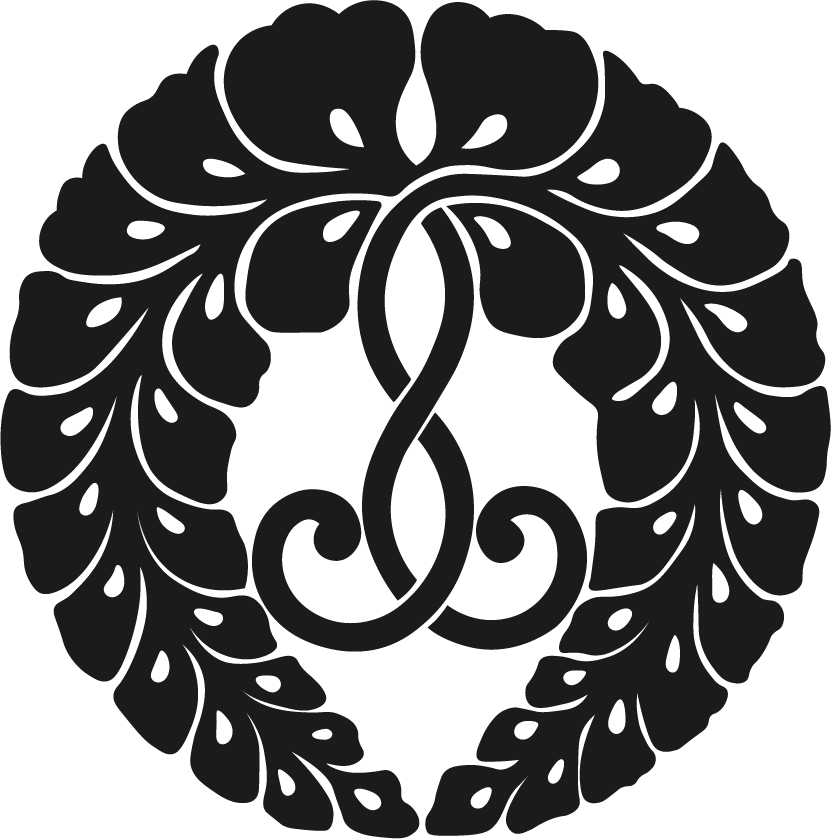What the Ministers Are Wearing: Part 2
By Reverend Yuki Sugahara | Ministers Blog
It has been a while since I wrote the first article of this series, but last time (May 2023), I wrote about shiki-e (colored robe). I have introduced the purple-colored robe, but I own light purple for the summer and blue for the winter too. I am sure you have seen them (if you were at the Sunday services!).
There are certain colors of purple and red we cannot wear because it is the color for Gomonshu (the head priest of the tradition) and Shinmon (next head priest-to-be), and there are some colors and designs which certain roles of the ministers can wear, but most of the time, ministers can pick and choose what color they want to wear.
This month, I will introduce another style of the robe called koku-e (black robe) and fuho (robe for ordinary use).
Shiki-e is often worn at special occasion services. Some ministers wear them at funerals and memorial services too. On the other hand, koku-e is used for regular services (and also at the special occasions).
In the United States, this tradition is abbreviated, but usually in Japan, when the ministers go up to the onaijin (altar area), we must wear koku-e. If you go to our mother temple, Nishi-Hongwanji, in Kyoto for the morning service. Please pay attention to those ministers who are up in the altar area. They all wear koku-e.
Fuho is a robe for regular, ordinary use. Black was the only color available in the past, but now black, green, red, and gray are available. Many ministers in Japan still prefer black, but it is said that our eighth head priest, Rennyo Shonin (1414–1499), preferred gray because to dye the threads to black uses a lot of ink and it could be expensive… but, I liked the green.
One of the reasons is that this color of green is close to the color of the happi coat of Shinsengumi — a military unit in Japan in the 19th century. I am a big fan of them since I read the novels by Ryotaro Shiba!
Another reason is that I think it is good to have uniformity, but also good to have the variety and I wanted to show that there are different-colored fuho robes that ministers can wear.
When I was little, I thought the ministers’ robes were the coolest clothes in the world and I wanted to wear them because all of my relatives wore them (most of my relatives are Jodo Shinshu ministers).
So one of the members made me the tiny robes and I remember following my grandma for the monthly services and Obon services wearing the robes (technically and strictly saying, we cannot wear robes until we receive ordination though).
The big difference between koku-e and fuho is that the koku-e’s sleeves are wider compared to fuho. You will see ministers wear koku-e often with hakama (traditional skirt), so it probably is easy to notice the difference. But, when you see me next time and mention that “Oh, Sensei, you are wearing koku-e (or fuho) today!” then, that proves that you have read my article!

